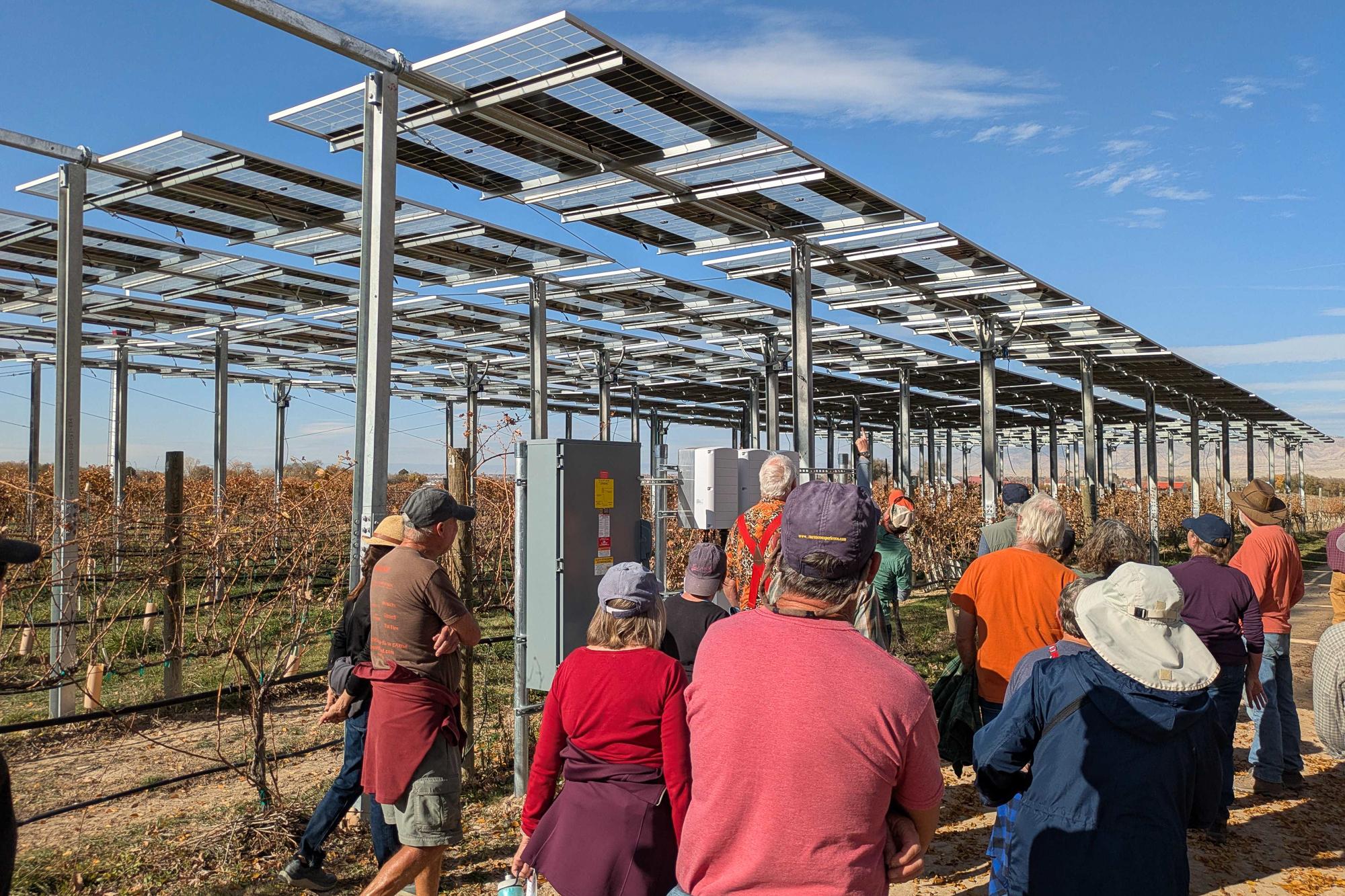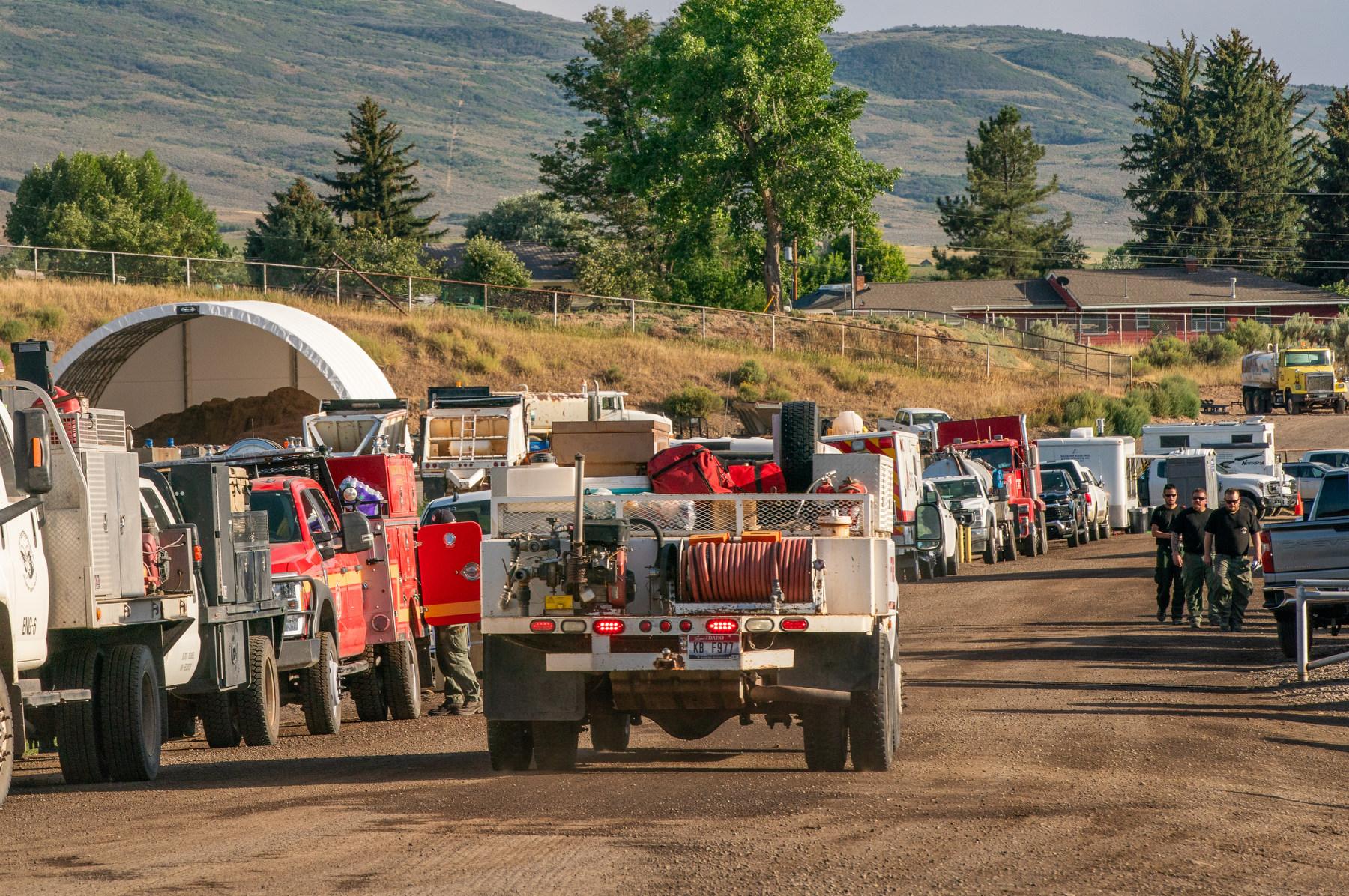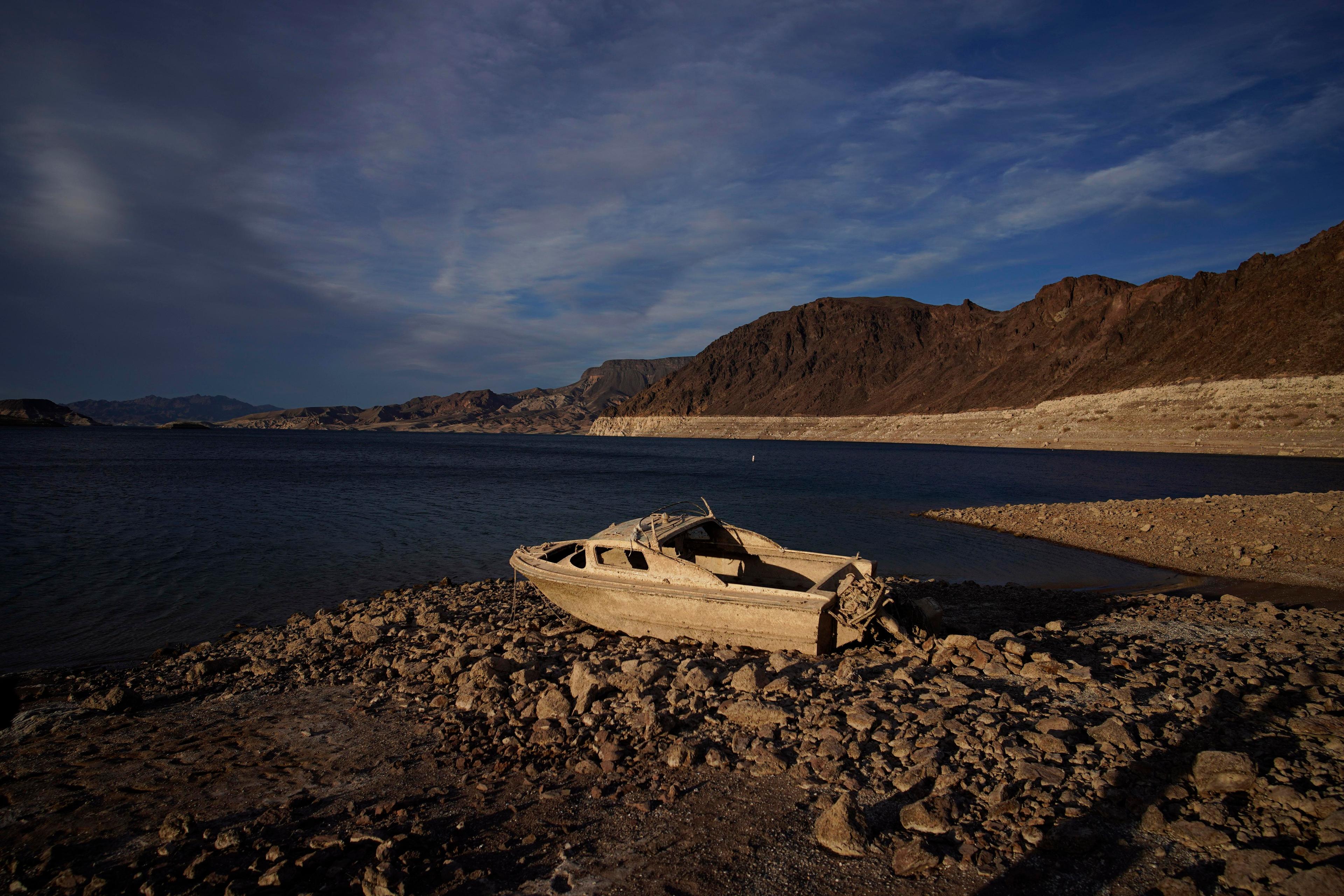
Western Colorado boasts ample opportunities for wine production and solar power generation, but cultivating both of them at the same time demands a nuance above that of even a veteran sommelier.
At Colorado State University’s Western Colorado Research Center near Orchard Mesa, State Viticulturist Horst Caspari is exploring the optimal balance between solar generation and wine production. Caspari now oversees the largest agrivoltaics installation over a vineyard in North America and his research could be crucial in giving commercial growers the data needed to overtake that distinction with larger solar projects of their own.
“The concept is actually quite old, over 40 years old. It's taken about 30 years before someone really tested it,” Caspari told about three dozen Western Slope residents during an open house at the research station earlier this month. “Large solar installations require a lot of land, and the best land for solar is land where it’s nice and sunny. But what's the best land to produce crops? (Also) land that's nice and sunny?”
That conflict of space was something that researchers always wondered could be mitigated under the right circumstances, Caspari said. “What those guys said 40-some years ago was that it doesn't have to be an either/or, it could be ‘and.’”
The “and” is agrivoltaics, a portmanteau of agriculture and photovoltaics. At the Orchard Mesa Research Farm, it amounts to an array of solar panels lofted high above the grape vines.
“Instead of going really close with ground-mount (panels), we go further out and we go up. And if we do that, there's enough light coming through that, theoretically, we should be able to produce at least 85 percent of the crop that we would've produced if there were no panels there. As it turned out, depending on the crop — how shade tolerant they are, how shade intolerant they are — some years you might even get more crop with the presence of solar panels than without,” Caspari said.

CSU’s installation offers another chance to look into that data as well as other questions. In some parts of the world, agrivoltaics relies largely on “semi-transparent” solar panels that allow light to pass through to the plants below. Those panels are more expensive and produce less energy.
Caspari’s setup includes semi-transparent panels as well as traditional black solar panels.
“My question really is, do I need to go expensive or can I go cheap — well, not cheap, cheaper — and with a bit of management of the light, can get away with it because then I can have half the system size in terms of other costs,” Caspari said.

The setup in Orchard Mesa costs more than $400,000 and will produce about a third of the farm’s energy needs, Caspari said, though the real value will be in research. In addition to energy production, agrivoltaics also provides shelter for sensitive crops. Earlier this year, hail wiped out the entire crop at the research farm.
Caspari said the panels have also shown a value to protect against the biggest threat to fruit crops in the region: frost.
“Earlier this month, we measured up to six (degrees) Fahrenheit difference at this side of the ground under the panels compared to (out in the) open,” Caspari said.

That extra six degrees offers growers a bigger cushion to avoid frost damage on nights where temperatures dance around freezing.
While Caspari’s installation might be the biggest of its kind over grapes, it is not alone in the valley. Nearby, Talbott Farms is installing a 1.1-acre agrivoltaics system on its farms. Given the energy needs of large fruit producers, Caspari said Talbott Farms will see significant energy savings.
“Their energy requirements are very high, and their energy bill it's equally high. So by the time they use that behind the meter, we are looking at potentially six-figure numbers in cost savings just on electricity,” Capari said.









